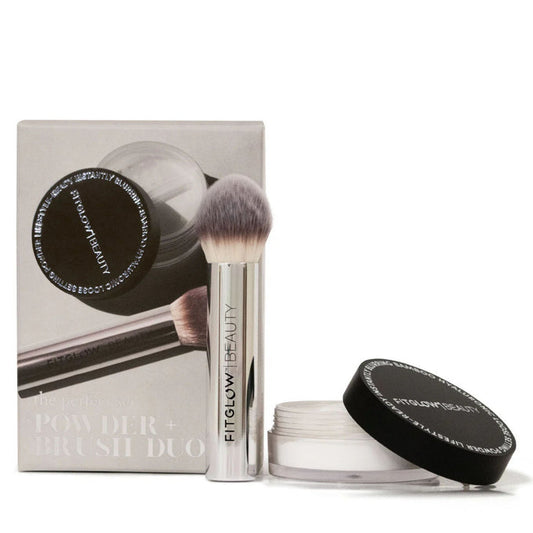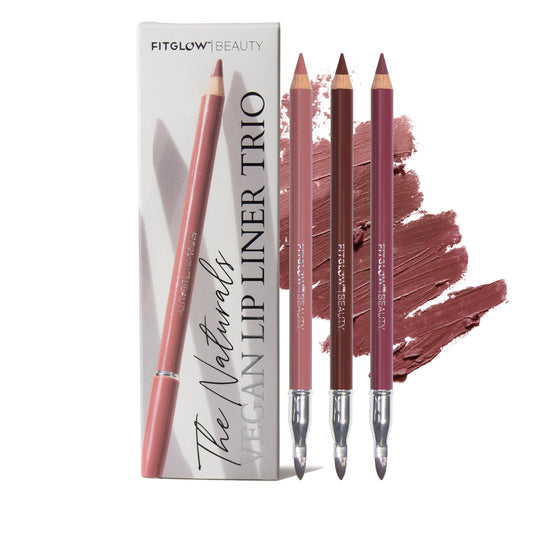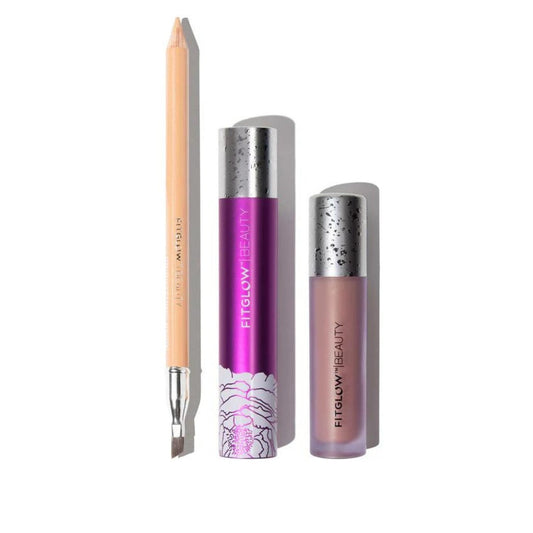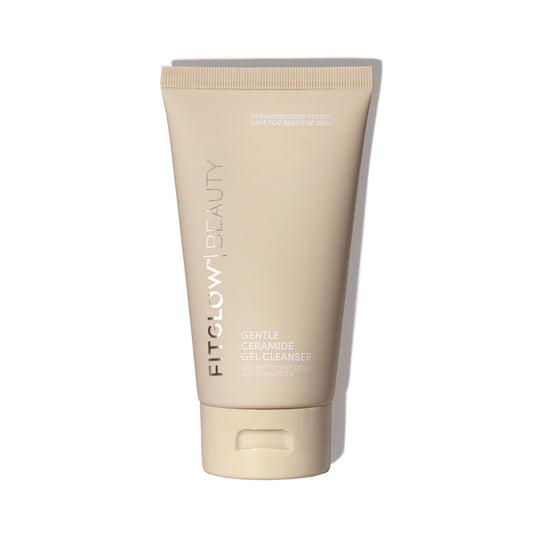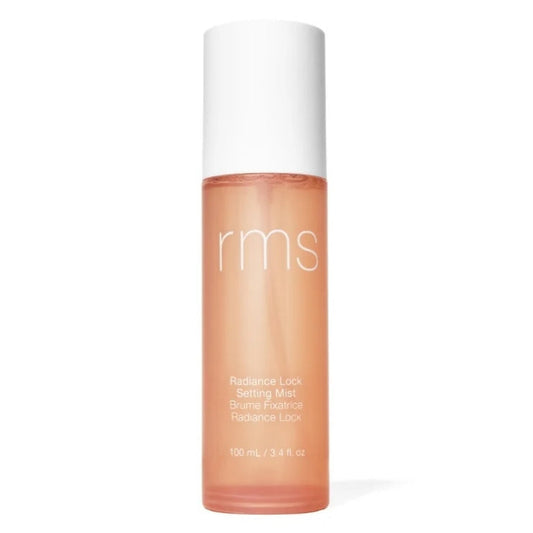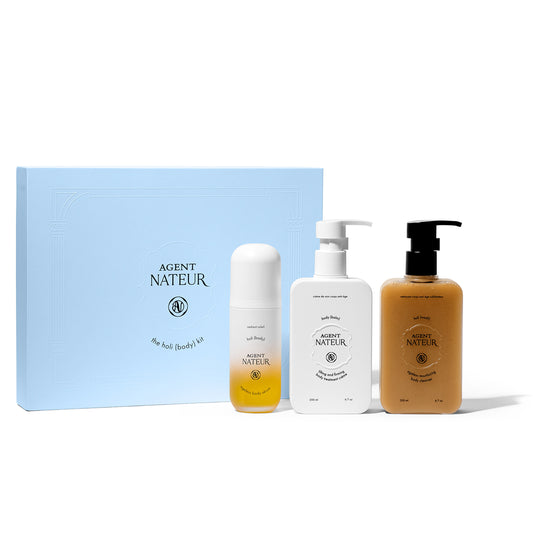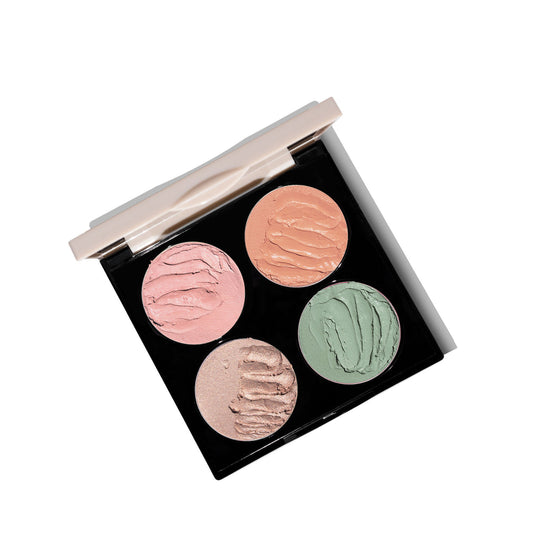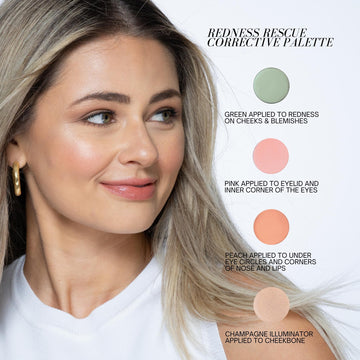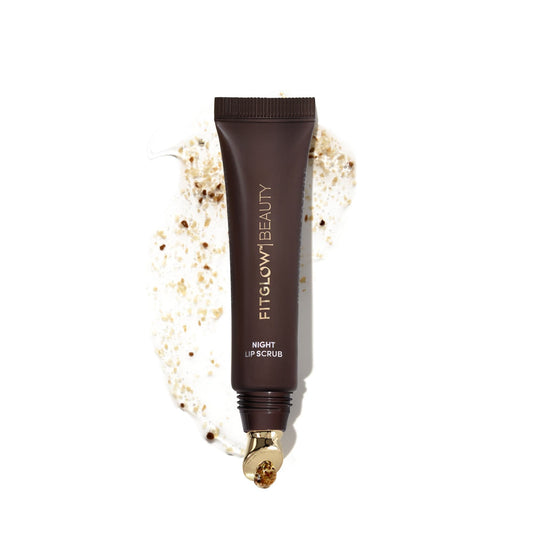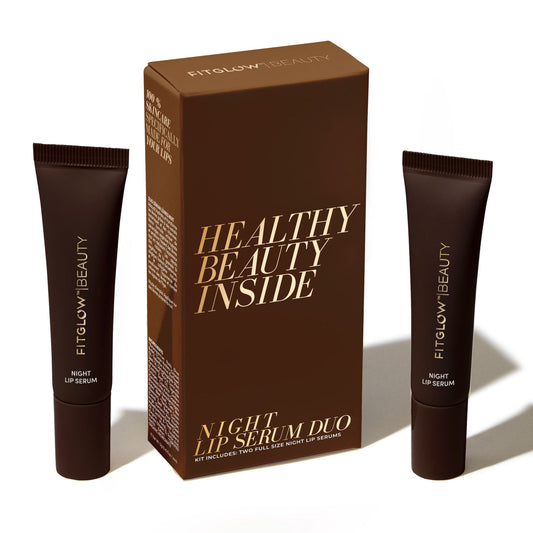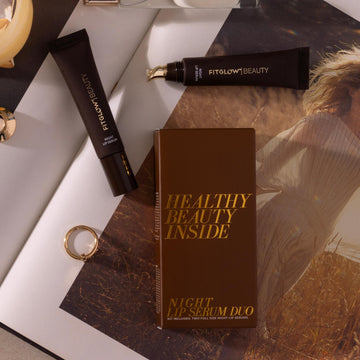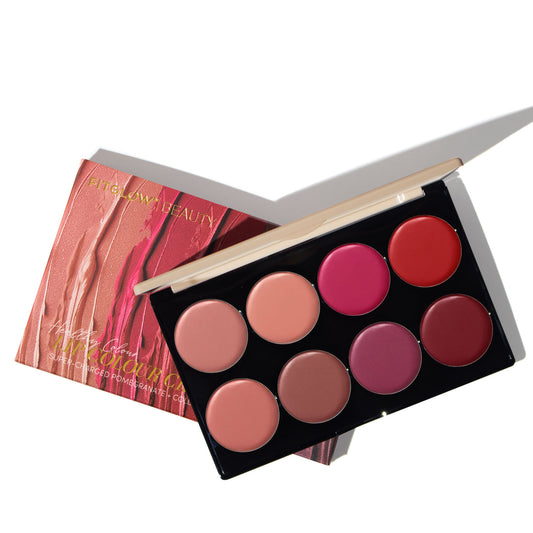6 Tips for Reading Beauty Product Labels.
There’s still a lot of confusion around the list of ingredients included on every product. Even when you flip the product over and try to read the list it can sometimes be difficult to know when something that is labelled “natural” is truly made from natural ingredients, and not just a sprinkle of something that was once natural and blended with a bunch of other stuff. Unfortunately, no one is really monitoring these for you currently so, here are couple tips so that you know the truth about what you are putting onto your skin and inside your body.
1. Get familiar with the main ingredients to avoid.
The hardest part of making sense of ingredient lists is the number of ingredients that can be included in a formulation. A good place to start is with the ‘Dirty Dozen.’ This is a growing list of the main ingredient culprits to look out for, the ingredients in this list are linked to cancer, hormone-disruption, and other bodily & environmental harm. Here’s a cheat sheet with the biggest offenders.
2. Avoid ingredients you cant pronounce.
Unless you’ve majored in Biochemistry, you’re going to have to educate yourself. Start by sticking to only words you can understand, but when you are ready - dig in and start researching about your favourite products on the EWG SkinDeep website. This website is a fantastic resource that allows you to search by product name or ingredient. When you know what’s in the products you bring into your home and how those chemicals may affect your health and the environment, you can make informed purchasing decisions.
3. Latin is key.
It is probably safe to guess that plant-derived ingredients were the very first cosmetics. Natural colorants, plant juices, and fragrant oils were known to be used in ancient times. The advantages of using scientific terminology (Latin Genus and species names) as the base for botanical derived ingredient classification allow much more specificity to be given to the botanical source of the ingredient. This makes it pretty easy to recognize the truly naturally derived ingredients. It will usually have the latin name and the standard name in parentheses. For example: lavandula anguvstifolia (lavender oil), rosmarinus officinalis (rosemary.)
4. Look for trust symbols.
There are a couple of seals you can look for to ensure that your product meets certain specifications. These symbols aim to bring clarity to natural/organic cosmetics producers and create trust among consumers.
- USDA Certified: (http://usdaorganicskincare.com)
- Products claiming to be “organic” must be certified to the USDA NOP standard, the same standard to which organic foods must be certified. This standard requires 95% organic ingredients and places strict restrictions on the substances that can be used in the remaining 5%.
- Products claiming to be “made with organic _____” must be certified to the USDA NOP standard, which requires at least 70% organic ingredients and places strict restrictions on the substances that can be used in the remaining 30%.
- Products making the claim “contains organic _____” must be certified to the NSF 305 Personal Care Standard. This standard requires at least 70% organic ingredients, and like the USDA NOP standard, places strict restrictions on the substances that can be used in the remaining 30%.
- ECOCERT Oragnic: Ecocert is a private organization that has established standards for natural and organic cosmetics in France. The standards define a quality level superior to the one defined by the French and European legislation on cosmetic products and will safeguard a real enhanced value of the natural substances. The standard also defines the practice of the respect of the environment throughout the production process.
- Cruelty-Free: The Coalition for Consumer Information on Cosmetics (CCIC) promotes comprehensive standard and an internationally recognized Leaping Bunny Logo. They make shopping for animal-friendly products easier and trustworthy.
5. Skip the drugstore & grocery store for cosmetics
Studies have shown that up to 80% of drugstore products contain toxic chemicals. Begin shopping at boutiques and stores that specialize in natural and healthy products. Here at Socialite Beauty, we are always testing out new products to provide you with healthy shopping options.
6. Become familiar with brands that promise quality.
Many of the brands that are creating natural product are seriously passionate about the products they are providing. They have handcrafted the formulations with research and ensure they source ingredients from sustainable sources but many haven't had the funding to be certified. If you get to know these brands (think Herbivore Botanicals, gloMinerals ect) they will be happy to provide you with the information about where the ingredients are sourced from to the manufacturing process.

